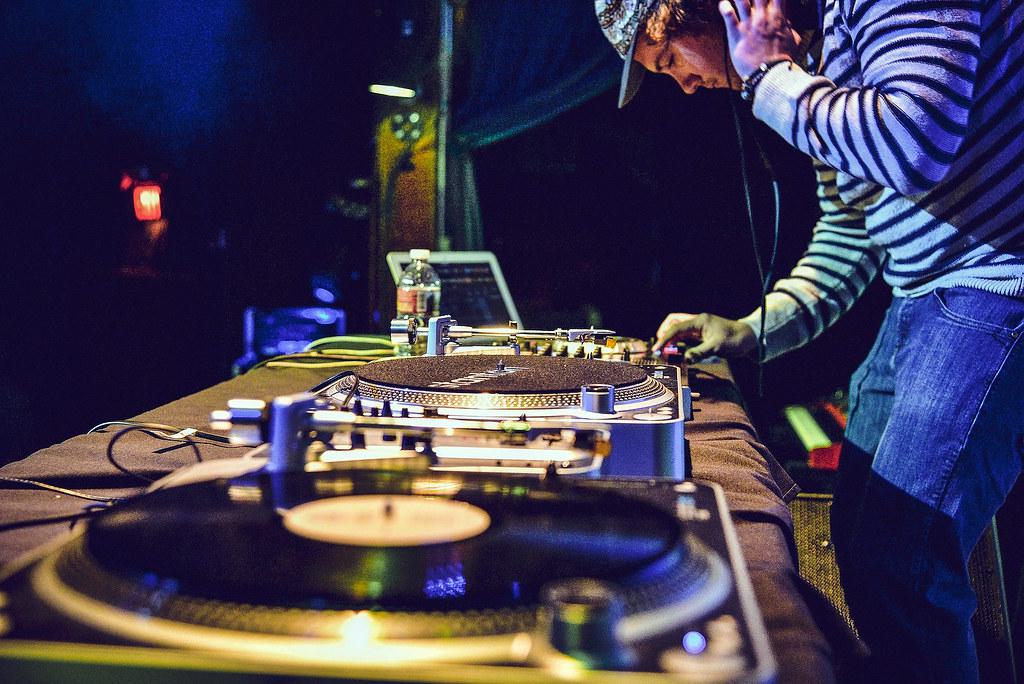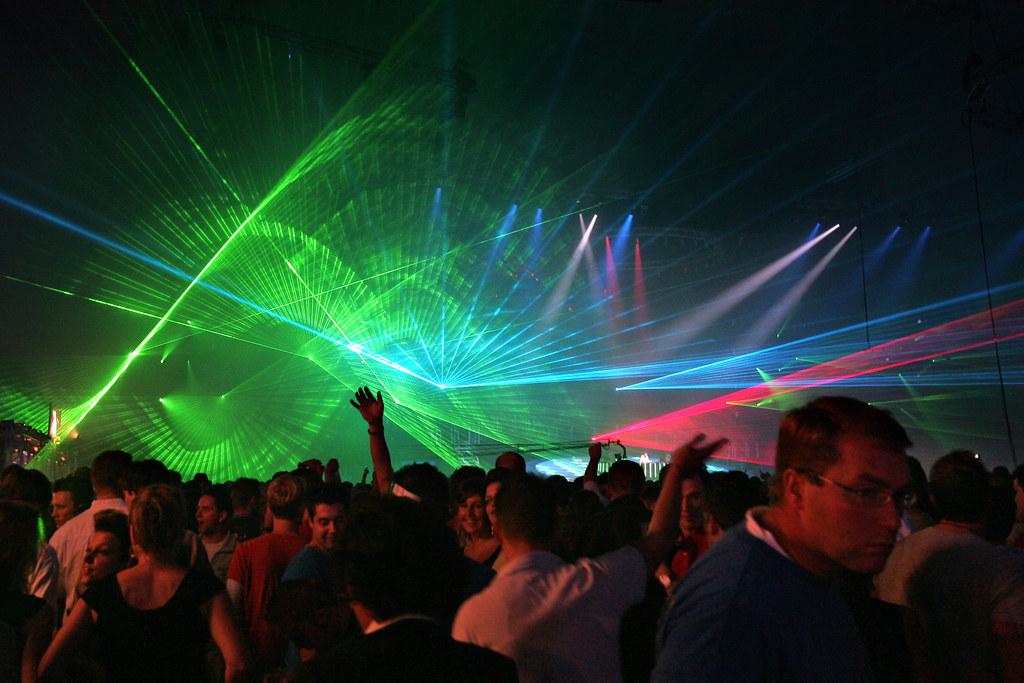From its early days in underground clubs to headlining some of the world’s most famous music festivals, Electronic Dance Music (EDM) has always had a consistently enthusiastic fan base and an impact on the evolution of modern music. Throughout the decades, EDM has seen many iterations and adaptations, spawning endless variations of dynamic subgenres. Let’s take a journey through the history of EDM: from its pioneering roots, its brief lull in the late 1990s, to its present-day electronic music revolution.
1. Styles and Influences
1. Expression of the Self through Gregorian Style
Gregorian style is a style of singing prevalent in the early Middle Ages and adapted in the modern times. It is associated with the Latin language and incorporates a wide variety of forms to express religious meditations. Through Gregorian style, one can express their deepest beliefs through the cadence of the language and the power of song. It is the perfect vehicle for deeper reflection, as the form and structure enhances the impact of the beliefs.
The elegant harmonic lines of Gregorian Chant express a sense of piety, reverence, and constraint that allows the outward expression of piety. Many other styles adapted from this form, such as liturgical and congregational singing, were commonly used for services in churches across Europe. Through the stanzas and praises, one can experiment with profound depths of sound and express the truest and purest emotions.
- It is associated with the Latin language and incorporates a wide variety of forms to express religious meditations.
- It is the perfect vehicle for deeper reflection, as the form and structure enhances the impact of the beliefs.
- Many other styles adapted from this form, such as liturgical and congregational singing, were commonly used for services in churches.

2. EDM: A History of Iconic Artists
Electronic Dance Music (EDM) has grown from a fringe genre to create some of the industry’s most iconic artists. From Avicii to Marshmello, these groundbreaking electronic acts have consistently captivated audiences around the globe with their music.
Avicii (Tim Bergling) was one of the most influential electronic musicians of the modern era. His iconic albums True and Stories spearheaded the ‚Stadium EDM‘ sound. His work with vocalists such as Aloe Blacc, Wyclef Jean, and Rita Ora brought mainstream crossover success to his genre. After jettisoning the conventions of mainstream EDM music with his widely praised EP Avīci (01), his untimely passing in 2018 left a void and legacy in the EDM community.
Marshmello (Christopher Comstock) has earned his place as one of the most recognizable names in electronic music through his distinctive sound and lighthearted music videos. His biggest tracks ‚Alone‘ and ‚Happier‘ topped the dance music charts and launched him onto worldwide stages in venues all over the globe. His collaboration with Sebastián Yatra, ‚Familiar,‘ earned him a Latin Grammy Award for Best Urban Fusion/Performance, solidifying his standing in the industry.

3. Modern EDM – Where Are We Now?
Electronic Dance Music (EDM) has come a long way since its early beginnings. As a genre it has evolved considerably, constantly growing and pushing boundaries. In the past decade we’ve seen an unprecedented level of innovation and experimentation with sound. Let’s take a look at where EDM is currently:
Modern EDM can take many forms, from melodic chill-out tunes to thunderous electro-house floor-fillers. A variety of sub-genres have emerged to cater to different tastes and styles, some of the most prominent being:
- Future bass: A fusion of dubstep, trap and electronic music, characterised by growling low-end sounds, jabbing beats and soaring melodic lines.
- Trap: This hardcore sound is driven by 808-style bass drums, often has elements of EDM, hip-hop and dubstep.
- Deep house: Taking its influence from classic soul, funk and acid house records, deep house has a unique ability to draw listeners in with its emotive chords and grooves.
The great thing about modern EDM is the sheer variety of ways it can be created. Whether it’s using electronic instruments, samples or software, producers can create amazing new sounds and perspectives. And thanks to the internet, music fans from all over the world can experience it like never before.
Today, EDM’s impact on the music industry and culture remains as strong as ever. And although the genre has evolved and changed remarkably over time, its influence is still pervasive. For many, EDM is a way to express themselves, connect to others, and explore what it means to create something that can be intensely enjoyed. Its evolution has been fascinating, and many believe that the best is yet to come.

